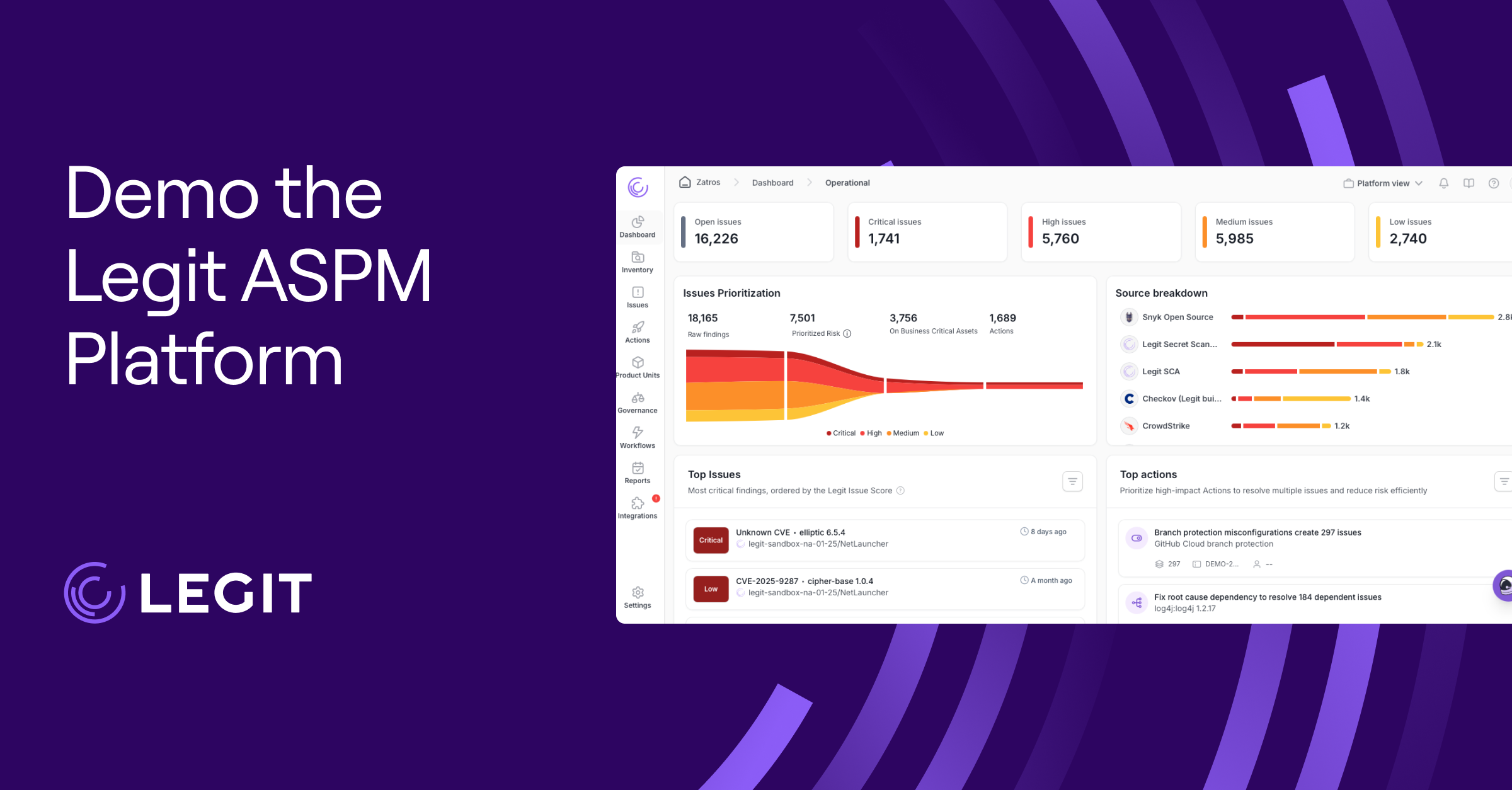Web applications are a key part of the modern digital experience, but that makes them high-value targets for cybercriminals. Protecting against vulnerabilities requires a proactive approach.
Understanding web application security requirements helps you put the right practices in place to protect applications, employees, and customers alike. Here are some strategies to know.
Web Application Security Definition
Web application security refers to the measures developers and companies take to protect apps from malicious attacks. These measures include multi-factor authentication and regular testing.
Businesses can also protect sensitive information and build credibility by prioritizing web application security standards, like Open Worldwide Application Security Project (OWSAP) guidelines.
Key Web Application Security Requirements
Here’s a quick guide to some common regulatory requirements and security standards:
Authentication and Authorization
Authentication and authorization systems confirm that users are who they say they are and control what users can do. Proper access limits and strong login methods, like passkeys or multi-factor authentication, help keep the wrong people out.
Data Protection
User information, like personal details or payment data, must be private. Secure data storage with strict access controls and regular backups is a must. Encrypting information also makes it unreadable to hackers if intercepted or stolen, while tokenization substitutes sensitive information with randomized tokens to reduce its exposure during transactions.
Secure Session Management
Web applications track the activity of logged-in users. Securely managing these sessions prevents others from hijacking accounts or stealing sensitive information.
Input Validation
Applications must validate all user input and block harmful data to prevent attacks like SQL injection and cross-site scripting (XSS). This means inputs need to conform to expected formats—for example, numeric fields accept only numbers, and text fields reject code-like entries. Checking inputs at every entry point prevents attackers from slipping in code that could damage the system or steal data.
Regular Security Testing
Frequent testing and security assessment reports uncover weak points so teams can fix them before they become problems.
Web Application Security Best Practices
Learning how to secure web applications requires you to address potential threats from every angle. Here are some practical steps to strengthen your application’s defenses and protect data and users:
1. Enforce Authorization
Set strict rules about who can access features or data within your application. Always check permissions before granting access.
2. Use HTTPS and TLS Encryption
Use secure connections for your app. HTTPS and TLS encryption protect data during transmission.
3. Avoid Security Misconfigurations
Double-check your settings to avoid exposing sensitive parts of the app. Default settings, unpatched software, and misconfigurations all create vulnerabilities, and understanding these security threats can avoid potential pitfalls.
4. Implement Rate Limiting
To prevent overloading servers, limit how often users or systems can make requests to your application. This also avoids brute-force attacks, which happen when attackers try to gain unauthorized access to a system by systematically trying all combinations of authentication credentials until finding the right one.
5. Know the Risks
The more you know about common security threats and risks, the more you can avoid them. The OWASP Top Ten identifies the most common and dangerous web app security vulnerabilities. They include:
- Broken access controls: Users gaining unauthorized access to data or actions
- Cryptographic failures: Weak or improperly implemented encryption
- Injection attacks: Malicious code execution through unvalidated inputs
- Insecure design: Flawed architecture leaving applications vulnerable
- Security misconfigurations: Errors in application or server setup
- Vulnerable and outdated components: Unpatched software leading to exploits
- Identification and authentication failures: Weak password policies or unprotected sessions
- Software and data integrity failures: Tampered or malicious updates compromising security
- Security logging and monitoring failures: Lack of activity tracking, delaying threat detection
- Server-side request forgery (SSRF): Exploiting server features to gain access to information
6. Conduct Regular Code Reviews
Have your development team routinely check the application’s code to spot and fix any security weaknesses early. Automated tools can help spot common flaws, like insecure practices or vulnerabilities, even faster, streamlining the process.
7. Use Strong Password Policies
Set clear rules for length and complexity to encourage users to create strong, unique passwords. Offering multi-factor authentication adds an extra layer of protection.
8. Monitor and Log Activity
Track and review user and system activities within the application. Logging identifies unusual behavior or potential breaches faster.
9. Protect Against Bots
Use security tools that verify a user is human, like CAPTCHA or other verification systems, to block automated bots that try to exploit your application.
10. Secure File Uploads
If your application allows file uploads, restrict file types and scan all uploads for malicious content. This prevents harmful files from entering your system.
11. Limit Error Messages
Avoid showing detailed error messages to users. These can give attackers valuable information about your system’s vulnerabilities.
12. Keep Software Updated
Regularly update web servers, libraries, and frameworks to protect against known vulnerabilities. Outdated software is an easy target for attackers because it often contains unpatched security vulnerabilities that hackers can exploit.
13. Implement Least Privilege
Grant users and systems only the minimum access they need to do their jobs—also known as the principle of least privilege. This reduces the risk of accidental or malicious damage.
14. Validate and Sanitize User Inputs
Treat all user-provided data as untrustworthy until verified. Validate inputs by checking that the data matches expected criteria and sanitize them by removing or neutralizing potentially dangerous elements, like HTML tags or special characters, that attackers could exploit to inject malicious code.
15. Secure APIs
If your application uses APIs, limit who can access them. Add authentication, rate limits, and encrypted data transmission.
16. Plan for Incident Response
Have a clear plan to detect, respond to, and recover from security incidents. Quick action minimizes damage and restores normal operations faster. Create a formal risk assessment to plan ahead, allocate resources more efficiently, and improve resilience against evolving threats.
17. Create a Security Checklist
An application security checklist is a tool that outlines the steps to secure software applications. It helps identify and address vulnerabilities during development and deployment.
Typical items include:
- Verifying secure coding practices
- Managing user authentication and access controls
- Encrypting sensitive data
- Validating user inputs
- Applying security updates
- Logging activity
Meet Web Security Standards With Legit Security
The Legit ASPM platform acts as the foundation of your application security program, making it more efficient and effective.
Legit consolidates security findings across all your scanners and tools (SCA, DAST, SAST, etc.), then leverages AI-driven correlation and risk scoring to fix your most critical issues first.
It also automatically maps compliance to regulations like NIST SSDF, PCI DSS, FedRAMP, and more.
Download our new whitepaper.


